SunDrive has achieved an efficiency result of 26.41% on a full-size silicon heterojunction (HJT) solar cell featuring the company’s copper-based technology using large-scale production processes provided by China-headquartered equipment manufacturer Maxwell Technologies.
Sydney-based SunDrive said the result, which improves upon the 26.07% efficiency mark the company announced earlier this year, has been officially verified by the Institute for Solar Energy Research in Hamelin (ISFH) in Germany.
The company said improvement of the HJT cell, with a total area of 274.3cm2 (M6 size), had been observed in all three key performance parameters including open-circuit voltage (Voc), short circuit current (Isc) and fill factor (FF), attributing the improvements to “several equipment and processing upgrades”.
SunDrive said Maxwell’s latest generation chemical vapor deposition (CVD) equipment incorporates bifacial microcrystalline silicon layer deposition, further improving the rear-side passivation and contact resistance. In addition, more transparent conductive oxide (TCO) layers were applied using Maxwell’s latest physical vapor deposition (PVD) coating equipment.
SunDrive said fabricating the solar cell electrodes using the company’s copper plating technology rather than traditional silver screen printing had also played a key role in the efficiency improvements. SunDrive, which replaces the silver used in conventional solar cells with the cheaper and more abundant copper, said it has refined its copper plating chemistry and processing sequence, achieving feature sizes of less than 10 µm with an aspect ratio close to one.
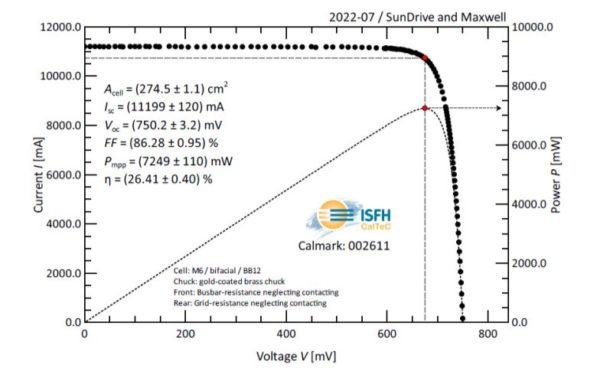
Image: SunDrive
“What we have shown is that copper can effectively take silver’s place on these next-generation solar cell structures, but more importantly, efficiencies can be further increased beyond levels attainable with silver,” the company said.
With solar PV set to play a major role in the world’s transition to a clean energy future, SunDrive co-founder Vince Allen said copper is the key to unlocking the floodgates of more efficient solar cell structures and its use in place of silver could allow solar technology to reach its full potential.
“The solar cells that will provide the majority of the world’s future energy needs will be vastly different to the solar cells we have today,” he said. “Efficiency, cost and material scalability are fundamental for continued growth in solar adoption.
“Copper is around 100 times cheaper per kilogram and around 1,000 times more abundant than silver. And aside from the abundancy and cost benefits of copper, we have found we can improve the efficiency above and beyond what is attainable with silver.”
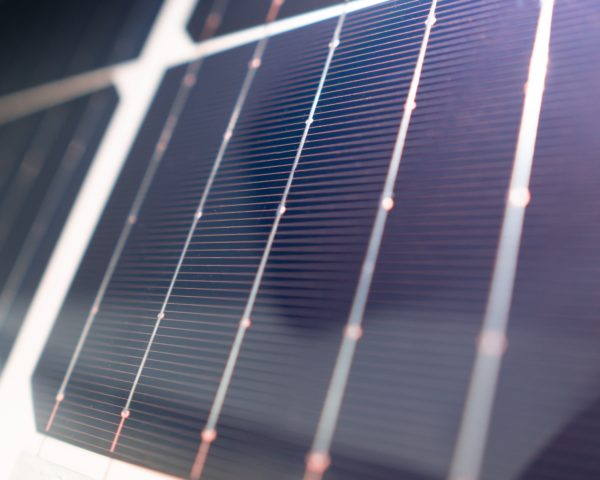
Image: SunDrive
SunDrive will now push ahead with plans to establish a pilot production line by mid-2023, with scale up to market entry later in the year.
While no location has been identified for the planned production facility, Allen said Australia has many of the ingredients required to host a solar manufacturing industry.
“We recognise that countries are increasingly competing in this space, however with the right policy setting, Australia has the potential to be a global solar manufacturing powerhouse,” he said.
“We have the need – we have the fastest growing rooftop solar market in the world and Australia will likely also be home to the five largest solar farms in the next decade. We have the people – many of the world’s top solar executives, scientists and engineers were trained at Australian universities and we have the ability, today’s commercial solar cells were invented here in Australia and Australia has held the efficiency world record for 30 of the last 40 years.”
Allen said the nation is also blessed with resources deemed critical for the clean energy transition.
“Australia is in the top three for global reserves of every major mineral required to make a solar panel which no other country can claim,” he said. “Australia also likely has the greatest opportunity of any country to not just reach net zero but to help other countries reach net zero – it is the sunniest and windiest continent in the world with an extremely large land mass and very low population density.”
This content is protected by copyright and may not be reused. If you want to cooperate with us and would like to reuse some of our content, please contact: editors@pv-magazine.com.
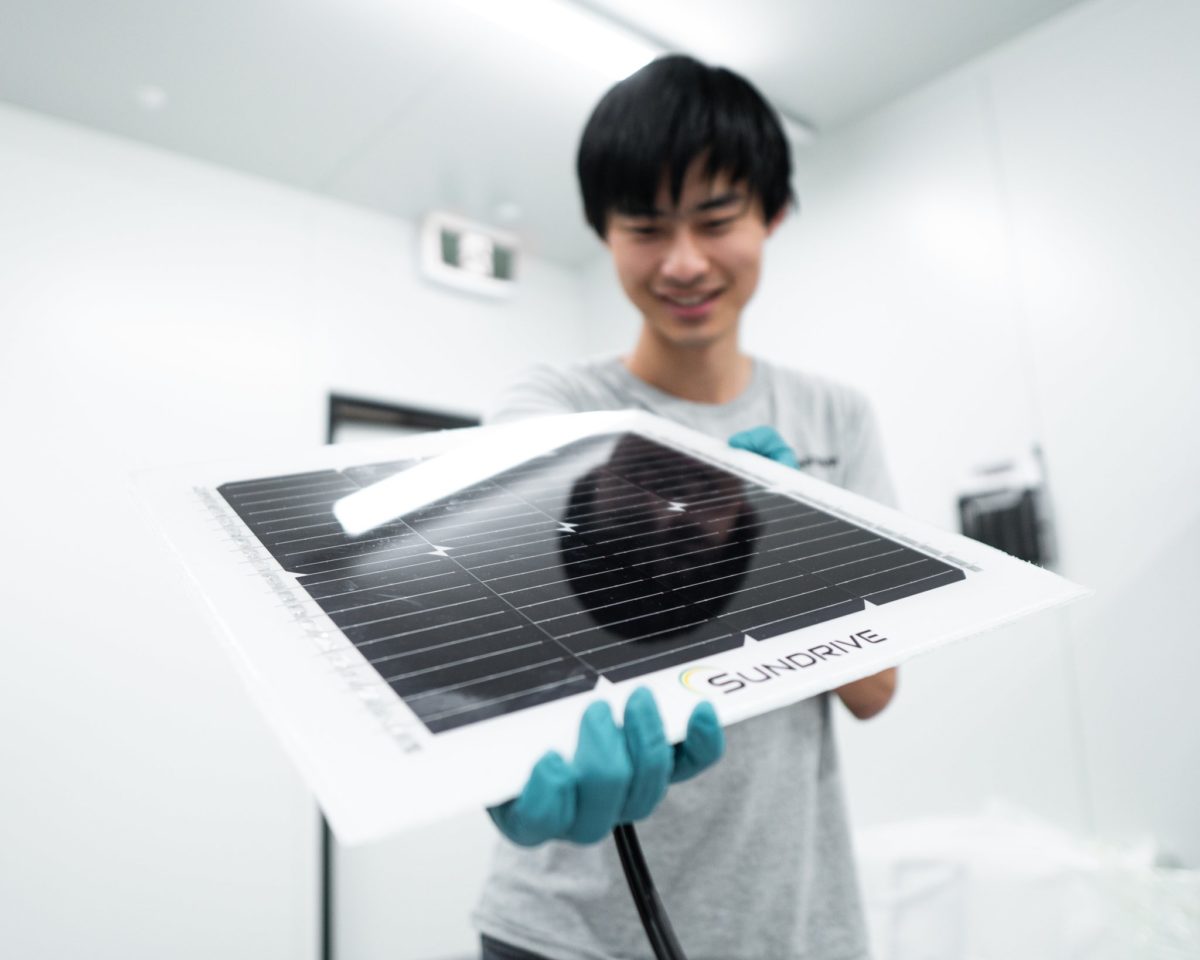
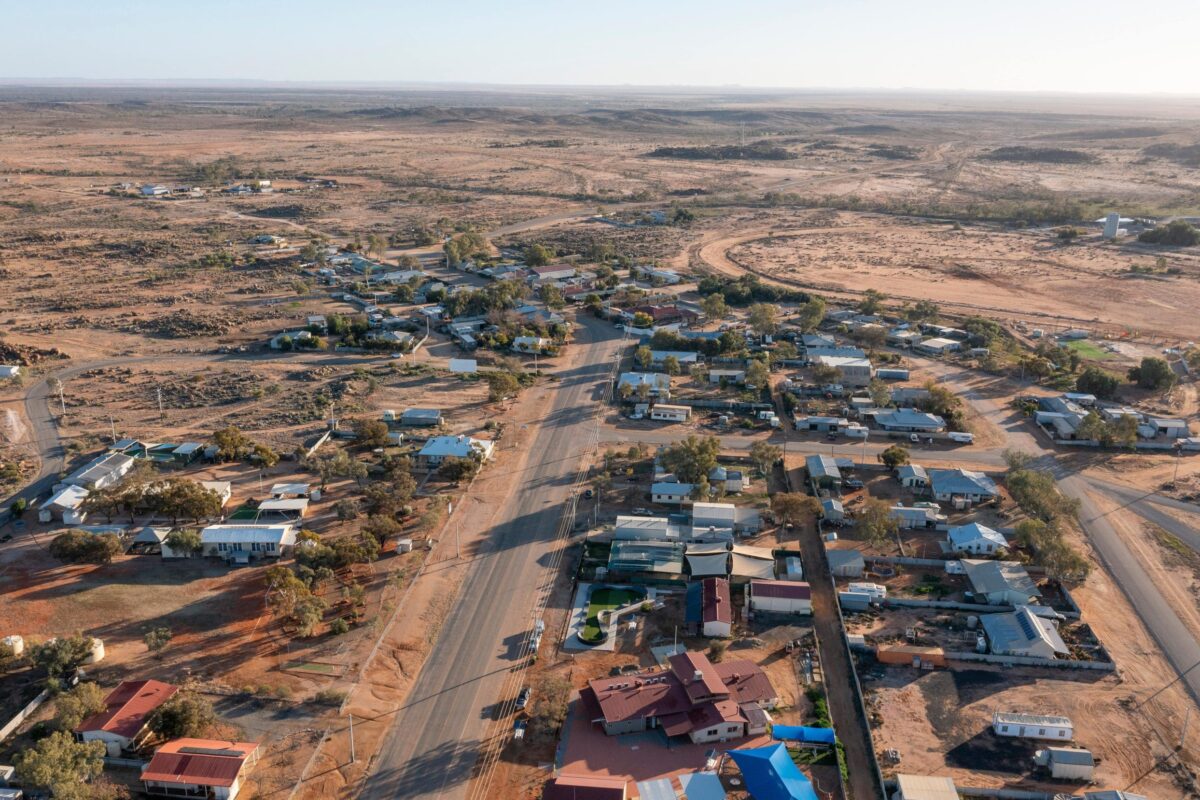


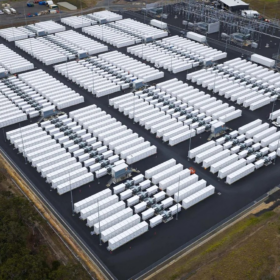
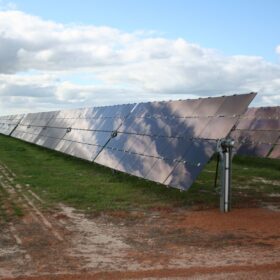
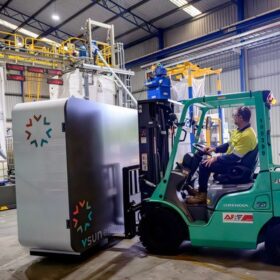
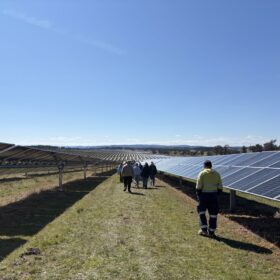
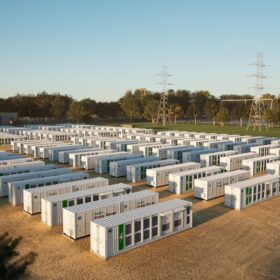
Hi, I’ve been following news about Sun Drive for several months now. I did message box you months ago. You did email me 10th June 2022. If ,when you are going into production , late 2023 , if you are looking for a sample roof to display ( wishfull thinking 🙂 ), I have a large roof area . The house faces north. The roof is colourbond / 34 sq m house/ dutch hip gable. Google earth it. 21 Bristol Street, Collingullie, NSW, 2650. It’s just out of Wagga Wagga. I’ll be keeping as up to date with Sun Drive , as much as possible. It looks like surpassing LG and Sun Power ( either of which, I was considering.